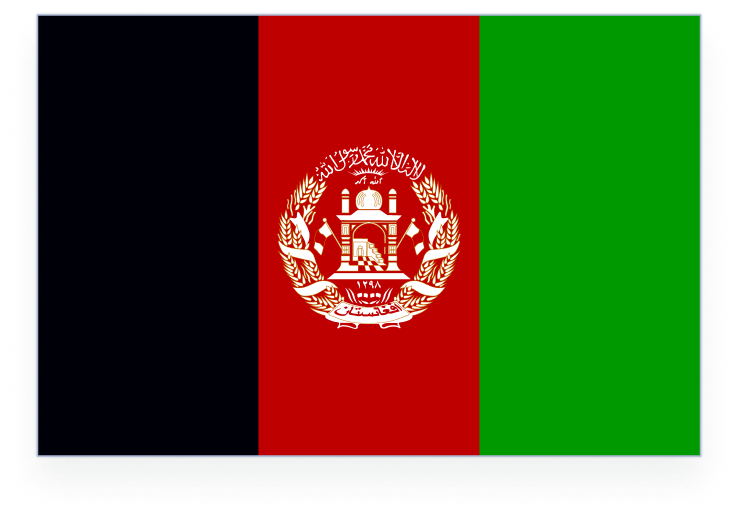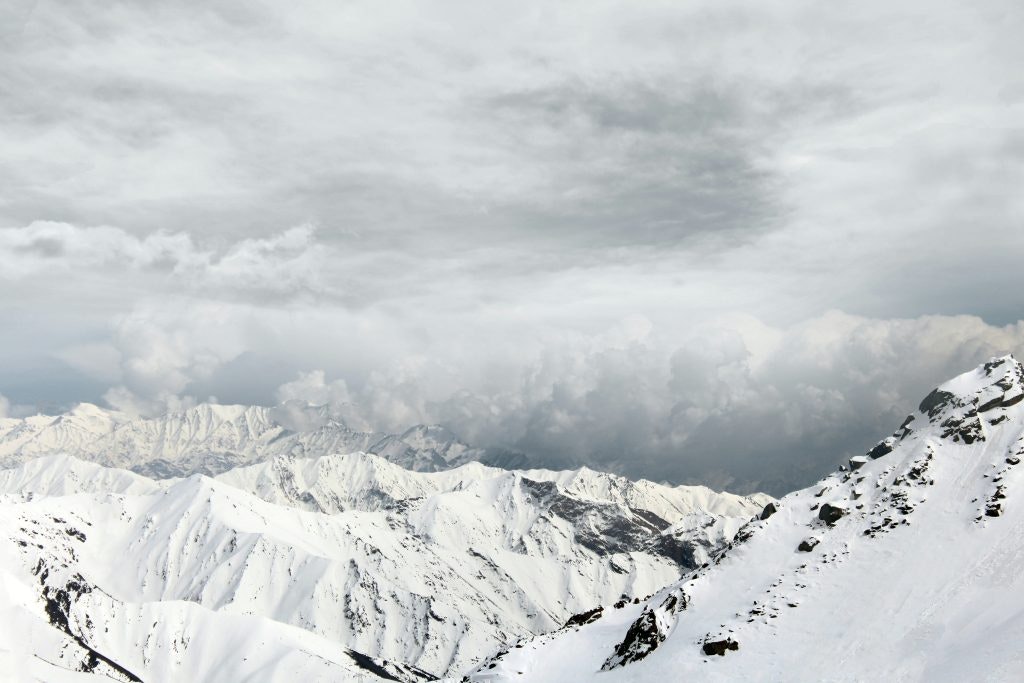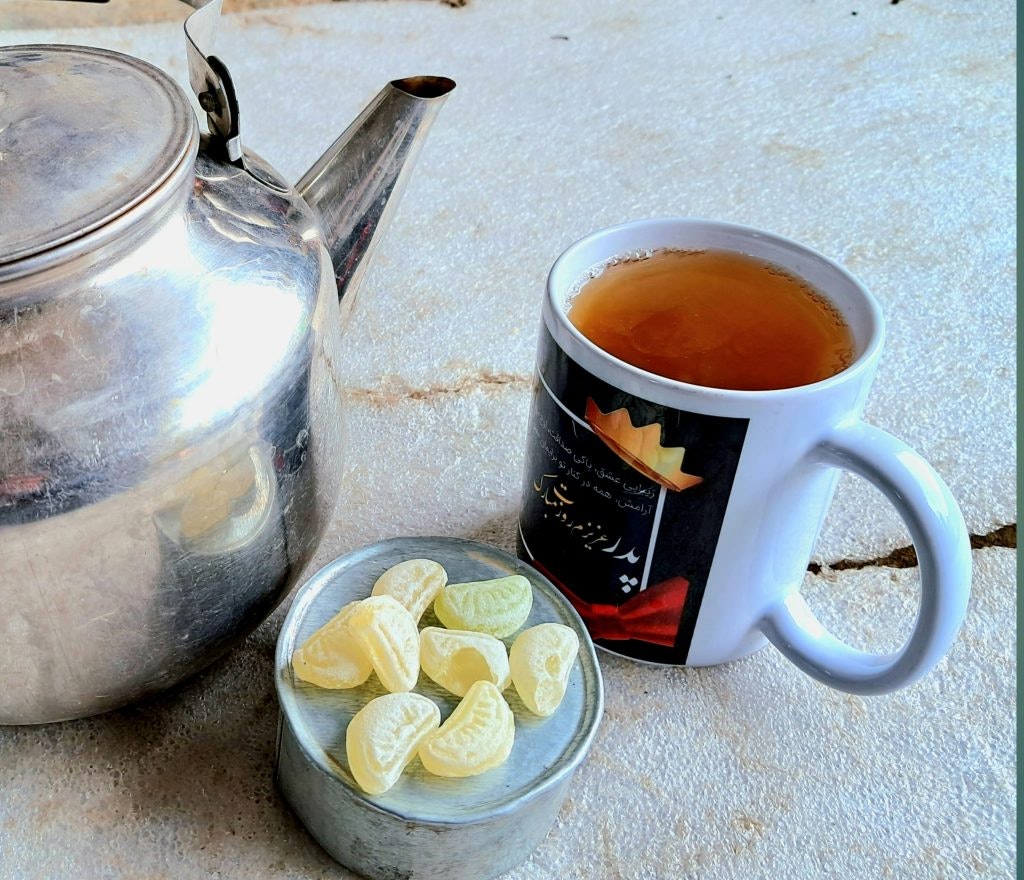Afghanistan, officially the Islamic Emirate of Afghanistan, is capturing the attention of adventurous travelers.
For centuries, Afghanistan was a crucial passage along the Silk Road, linking the mountains of Central and South Asia. The same landscapes that shaped its history extend into the Himalayas, where travelers today can experience the beauty of the region.
Afghanistan’s borders have shifted, rulers have changed, but the land and its people remain. The Taliban’s return in 2021 altered its course again, yet markets continue to fill, verses continue to be recited, and traditions continue to be held.
Here are some key facts about Afghanistan:
| Key Facts About Afghanistan | Details |
| Population | 43,681,844 |
| Official Languages | Dari and Pashto |
| Currency | Afghani |
| Capital | Kabul |
| Bordering Countries | Pakistan, Iran, Turkmenistan, Uzbekistan, Tajikistan, and China |
| Natural Resources | Rich in lithium, copper, and iron ore. |
Read on to learn 9 fun facts about Afghanistan, the landlocked country.
9 Fun Facts About Afghanistan

- Afghanistan renowned for stunning landscapes, from rugged mountains to dry deserts
- The Hindu Kush is significant for Afghanistan’s history
- Afghanistan has more than one language
- “Melmastyā́” in Afghanistan means top-notch hospitality
- The most iconic site of Afghanistan: the Blue Mosque
- In Afghanistan, Thursday nights are all about poetry
- The Afghanistan flag has changed 20 times in 102 years
- Many Afghans celebrate their birthdays on January 1st
- In Afghanistan, there are no Christian churches in sight
1. Afghanistan renowned for stunning landscapes, from rugged mountains to dry deserts
Located at the crossroads of Central Asia and South Asia, Afghanistan is characterized by its diverse landscape, which can be divided into three main physiographic regions:
- The Central Highlands are characterized by rugged mountains and high valleys with elevations exceeding 6,561ft (2,000m), including parts of the Hindu Kush mountain range.
- The Northern Plains are characterized by flat and hilly terrains. This agriculturally productive region supports a dense population with diverse ethnic groups, cultivating crops like wheat, cotton, fruits, and nuts.
- The Southwestern Plateau consists of desert landscapes and semi-desert areas with scattered oases. This sparsely populated region in southern Afghanistan faces extreme temperatures and has limited water resources.

A valley in the rugged Afghan mountains, with a river flowing gently through its terrain.
Beneath Afghanistan’s stunning landscape, the country is rich in natural resources like marble, coal, gold, natural gas, and petroleum. While agriculture is vital to Afghanistan’s economy, the mining sector daces challenges due to environmental issues, resource conflicts, and political instability.
2. The Hindu Kush is significant for Afghanistan’s history
The passes of Hindu Kush mountain range, which run diagonally across central Afghanistan, have played a pivotal role in shaping Afghanistan’s history. Once used by Alexander the Great during his empire’s expansion, these mountain passes became crucial trade and travel routes, including the Silk Road.

A view of the Salang Mountains, showcasing the rugged peaks of the Hindu Kush range covered in snow.
Because of this strategic location, Afghanistan witnessed numerous invasions and period of foreign rule by empires such as the Persian, Greek, British, and Islamic, which is why Afghanistan is called the “graveyard of empires”. The nation gained independence on August 19, 1919, after the Third Anglo-Afghan War, which lasted until 1973 when it transitioned into a republic. By 1996 the Taliban regime controlled most of the country. The group was overthrown as a result of the 2001 U.S. invasion, only to return to power in 2021.
Additional fact: The United Nations still recognizes the Islamic Republic as the Afghan government, but the Taliban now controls the country.
3. Afghanistan has more than one language
Afghanistan’s population is diverse, with many ethnic groups including the Pashtuns, Tajiks, Hazaras and Uzbeks, shaping complex social structures and regional identities. With such diversity in ethnicity, multiple languages and dialects are spoken throughout Afghanistan.
The two official languages of Afghanistan are Pashto and Dari (a dialect of Persian):
- Pashto is the native tongue of the Pashtuns, the dominant ethnic group of Afghanistan.
- Dari (Persian) is the nation’s common language and is the native tongue of several of Afghanistan’s ethnic groups.





